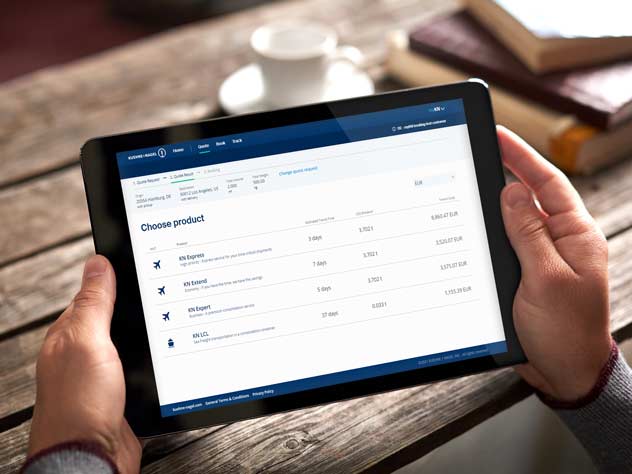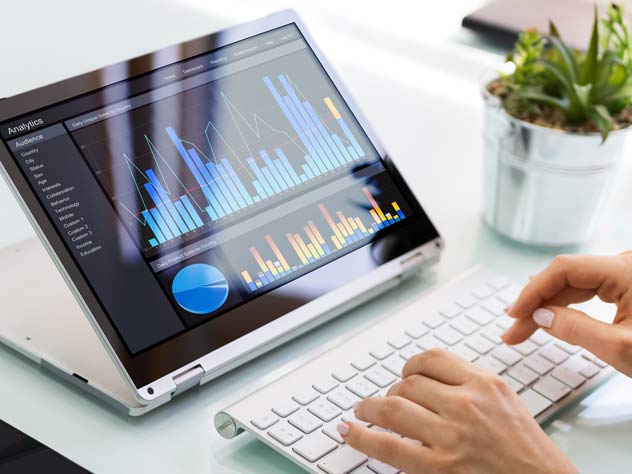Internet of things (IoT) includes a smart network of technology, sensors, and software that enables seamless data exchange between systems and devices on the internet. Using IoT devices and sensors is one of the ways Kuehne+Nagel promotes technical innovation in logistics. This focus on IoT helps us to manage our highly optimized supply chains more efficiently, reducing manual intervention and minimizing any scope for error.
At Kuehne+Nagel, we have a vast portfolio of these IoT monitoring sensors which are connected with our network. These sensors record the conditions of your goods, including temperature, humidity, and location. They also track other physical impact on your goods, like a shock or a door-opening – you’ll have almost real-time visibility on their condition through regular updates via web service and Application Programming Interfaces (APIs) – typically using mobile phone technology. Thus, you’ll have control of your goods and it’ll be possible to follow-up or intervene, if need be.
The use-cases and services of these IoT sensors vary depending on multiple factors. For instance, there are differences between how they function in sea, air, and road logistics. In open sea, for example, there is no GSM network, and intervention can be a challenge. However, with IoT sensors in sea logistics you don’t need special airlines approvals that you’d need with an air shipment.
Despite these differences in the functionality of our IoT sensors, one thing unifies them, no matter which kind of logistics you choose to use – they’ll record the state of your goods constantly and you’ll have a complete picture of their condition even before their arrival. Moreover, you will also have intermediate results of their state at your disposal.
If you need more details about our IoT sensors or wish to discuss your specific use-case, please contact your local Kuehne+Nagel office. Our experts will be happy to discuss the best option for your goods.








